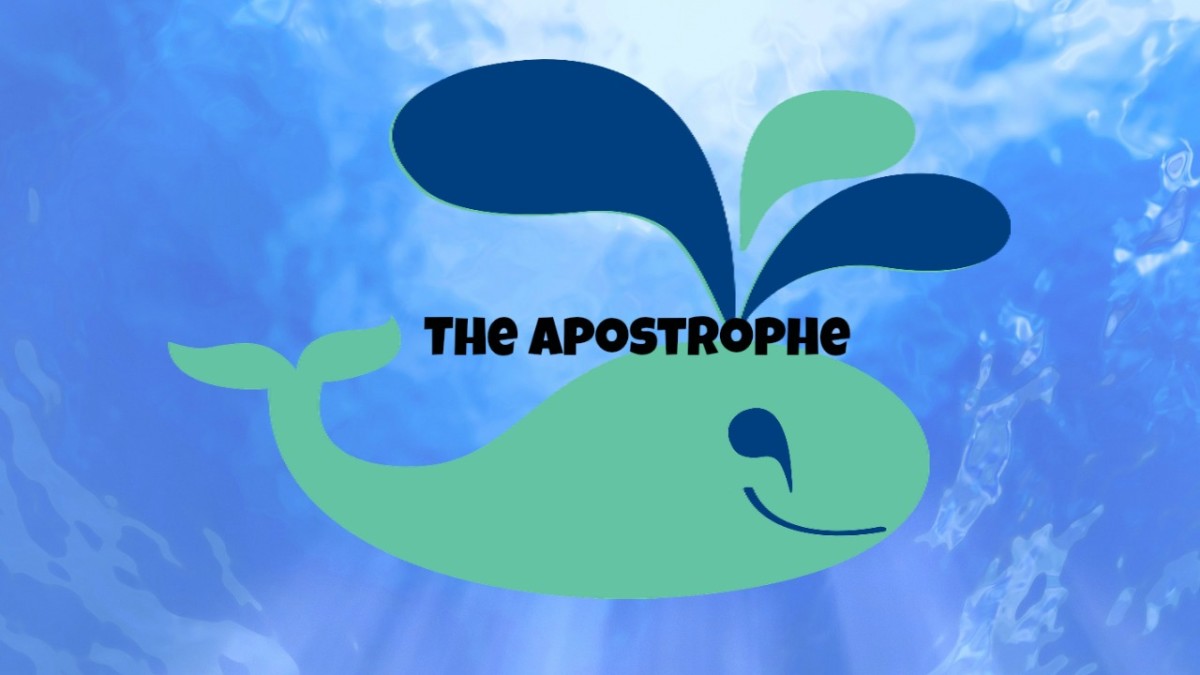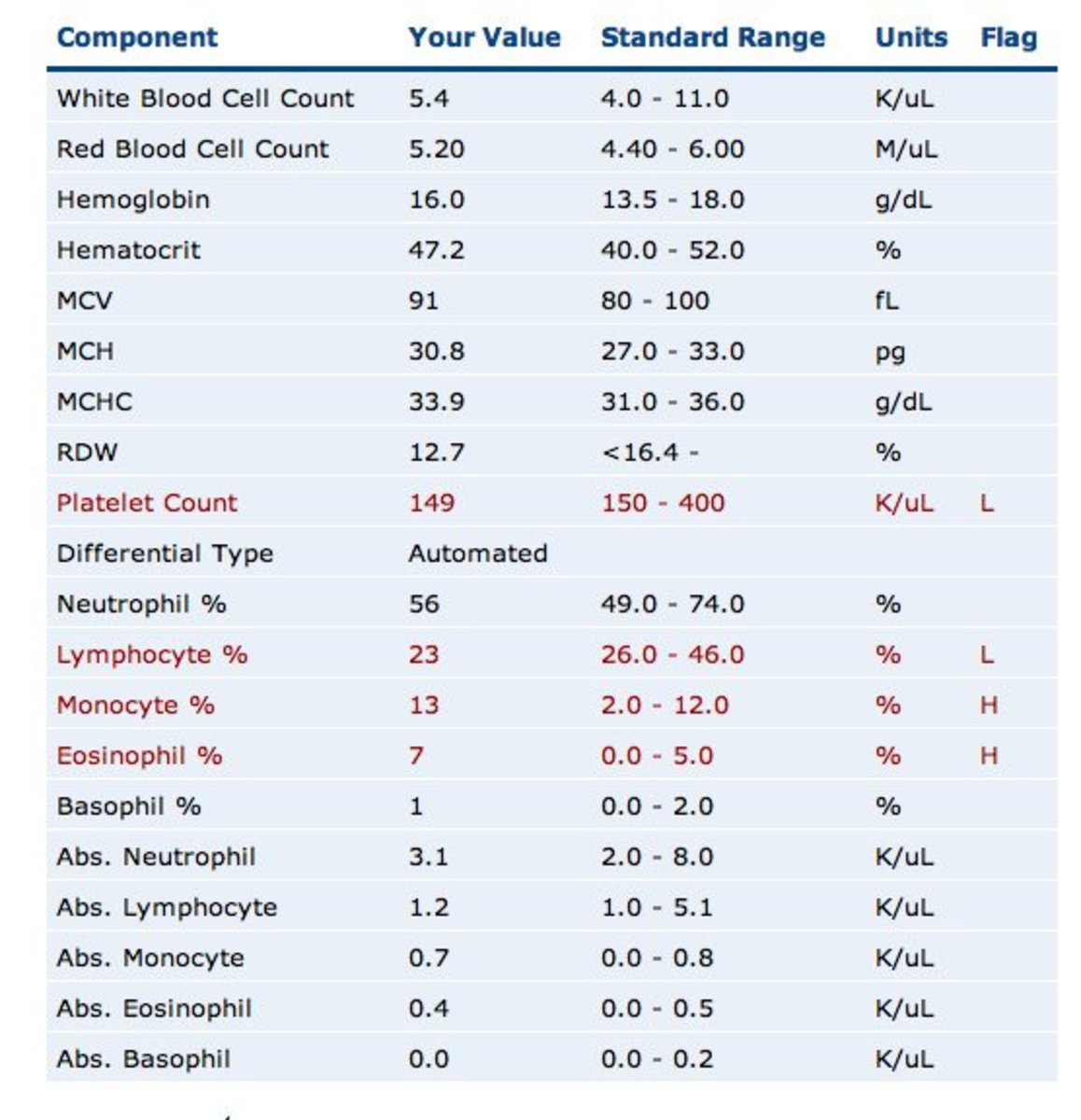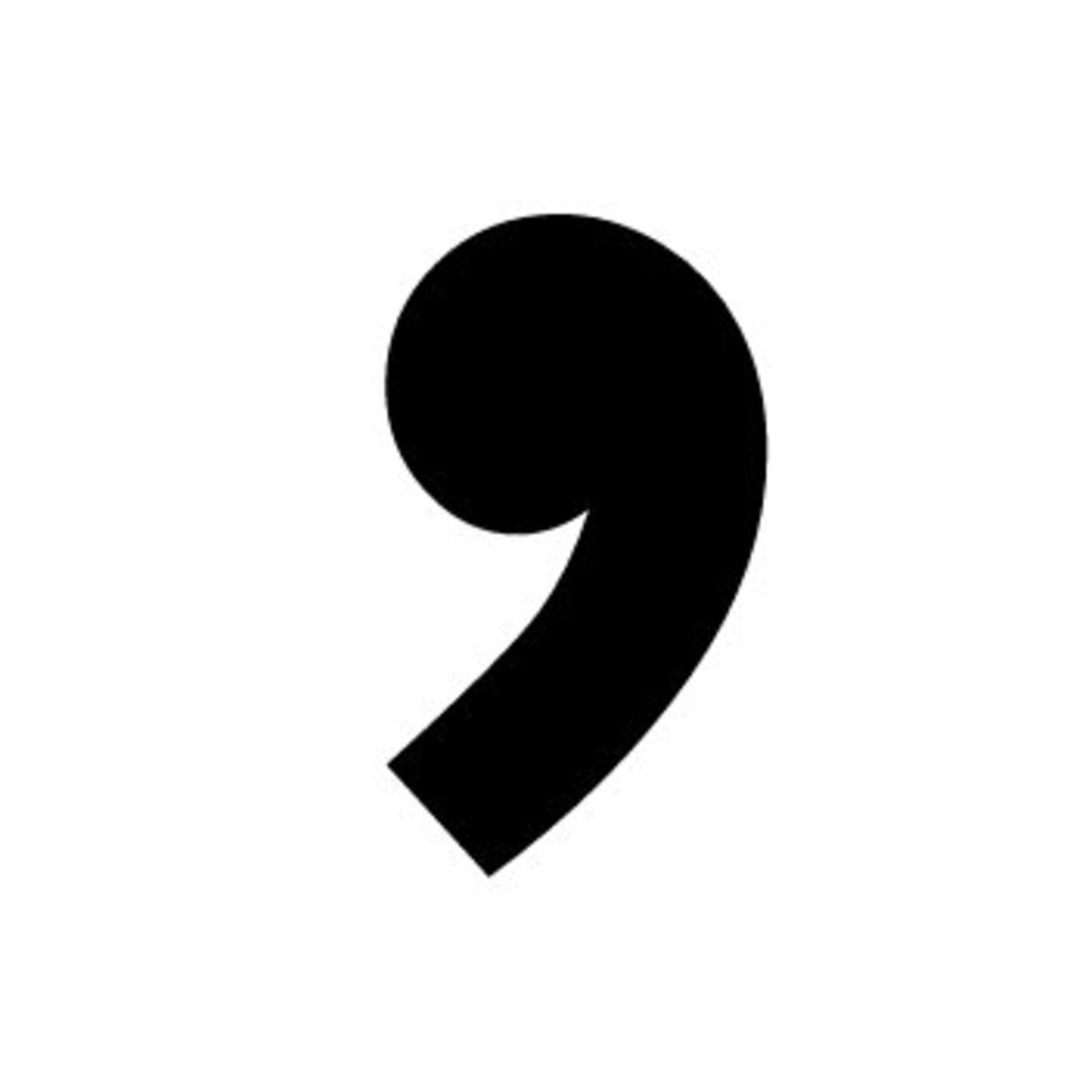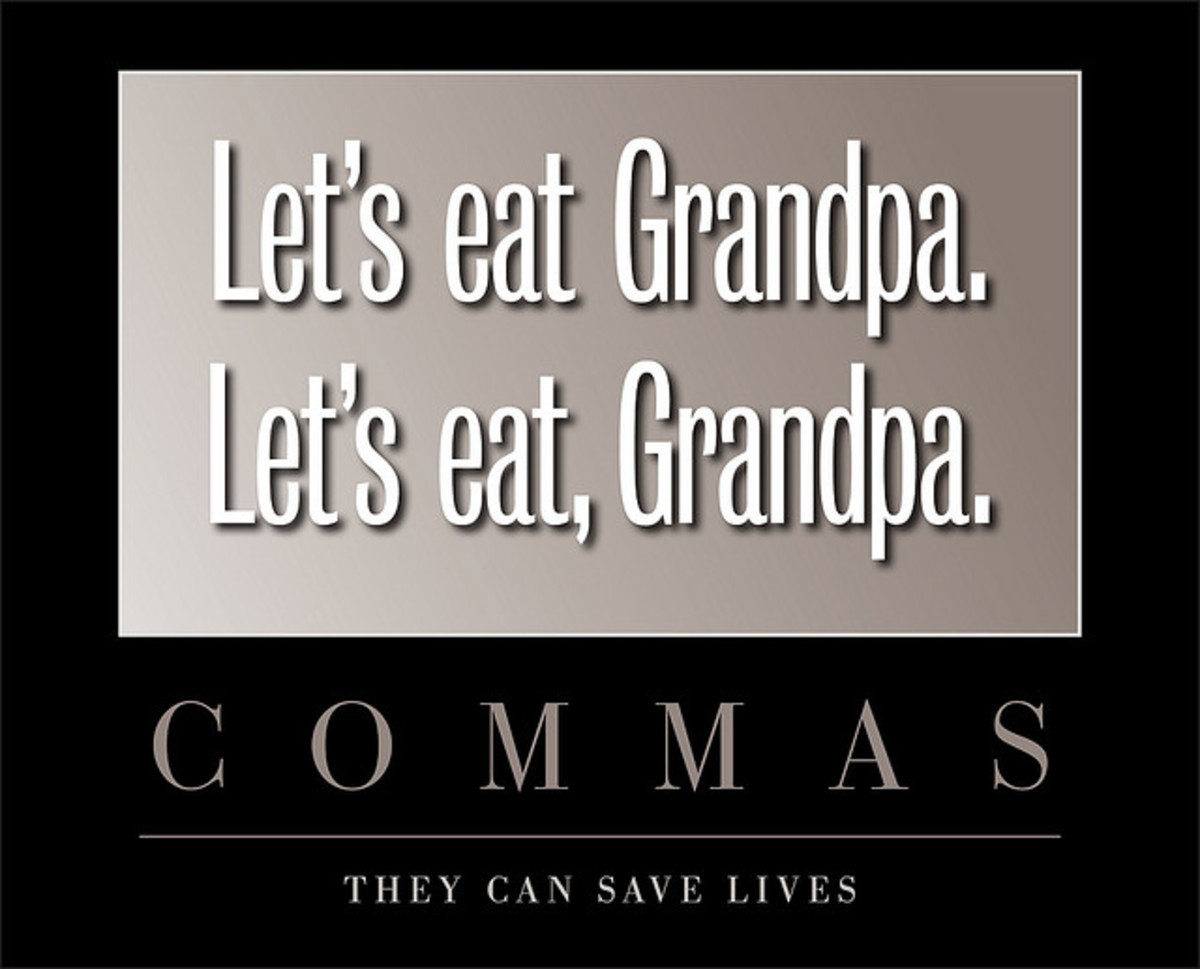Its their too where you're patients a way!
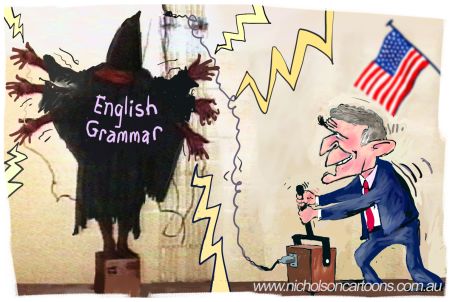
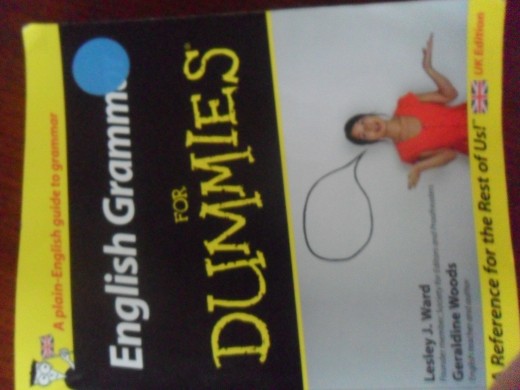
First of all, what did you notice about the heading? That it was almost impossible to make sense of? Well, ok, you got me there! Each word is used incorrectly, and I will now show you how to not make the same mistake with every word in that list!
Before I go on, I’d like to clarify what the heading is actually trying to say, and then put them in a proper list to make it easier for people to follow. The sentence SHOULD read “It’s there to wear your patience away” What is? English grammar of course! (But seriously, for the most part, there are logical reasons behind most of the rules in our language!) So you can see that one mistake can be figured out based on the context of the rest of the sentence, but too many together, well that can drive one insane!
Also, although I will explain them individually, their/there/they’re, your/you’re, and wear/where/we’re will be talked about together since their basic rules, and misconceptions are the same. Now to probably the most boring list you’ll ever read:
1.It’s and its
2. Their/there/they’re etc
3. The two to’s (well ok three!)
4. Patience, my patients, and other similar misunderstandings
5. Up, up and... a way?.
Since it is the first one on this list, and it is one that a lot of people struggle with, it's going to be a good word to start with!
1. What do you notice about this next sentence? “It’s not fair that it isn’t going to rain today! I really wanted to test out the quality of my new umbrella!”
First that the its is short for IT IS , and secondly that the apostrophe (‘) is there to show a letter is missing. Same with isn’t , since it is short for is not , notice that the ‘o’ is missing?
Speaking of contractions now is the perfect time to watch this particular Strong Bad email. Note, particularly, the “ITS” song at the start, I’ll let Strong Bad do the talking, take it away S B! http://www.homestarrunner.com/sbemail89.html
... and remember “if you want it to be possessive it’s just ITS, but if you want it to be a contraction, then it’s I-T-apostrophe-S!”
Now that that little cartoon is over, you can see that the basic rule is if it is short for IT IS then it’s it’s but in any other case it’s just plain its ! I shall go into the apostrophe of possession in another hub specifically for punctuation at a later date (or ask me if you need to know sooner!)
2. Now, where were we? What was that? There wasn’t time for you to go anywhere while reading this? You’re still in the same place?
There is a word for this phenomenon. They’re called “homonyms”. This means that they sound the same, and may or may not be spelt differently. If you want to be more specific (which I suggest you don’t!) then the word you want is “heterograph” (which means a word that sounds the same but is spelt differently).
You may notice that each of the apostrophised versions is a contraction (as Strongbad mentioned earlier!) this means that each form is a combination of two words in one.
WE ARE = We’re
THEY ARE = They’re
YOU ARE = You’re
Now, don’t be alarmed, because the next bit is about possession! Look at this next sentence:
“Where did you get your manners from? Your parents would hang their heads in shame if they saw you act like that!”
Did you notice that our your/their variations are owning or ‘possessing’ someone or something?
Whose manners? Yours.
Whose heads (being hung in shame)? Your parents.
Now the last one, there’s a trick to remembering this. Remember it well because grammarians everywhere are going to hunt me down after I disclose this information here to you. Did you notice it? Let me give it to you straight, so that you won’t be running here, there, and everywhere trying to figure it out.
They are all variants of the word “here”, in other words, they are all concerned with direction (or more accurately places). Where did you leave your(possessive) sanity? Here in cyberspace? Well it’s (short for IT IS) not there anymore!
Did you think that I had forgotten about the last wear? Yeah right, it’s not like I noticed at a later date and made this edit or anything! The last wear (which is the actual one I used in my title) is spelt differently to the others, so it usually doesn’t confuse many people. But, for the record, this wear is something you either put on (like clothes) or something that slowly wears away, (or fades). So if you wear those socks every day you will eventually wear them out.
3. Now on to the next section: The two to ’s (and the other one too!)
This one won’t be too difficult to explain, there is another trick to it! Let’s start with the number, since that is the most straightforward one: TWO.
You’ll notice that this is the only version with a ‘W’ in it. It also happens to be the number version. If you think about a ‘w’ on its side, you’ll notice it looks a bit like a ‘3’. So the W version equals 3 – no wait, it actually equals 2! The point is that the ‘W’ spelling of the word two equals the number .
Now on to the James Bond version – that’s right “double oh” – better known, or spelt, as T, O, O. What do you notice about this form of the word? That it is spelt with an ‘o’? but look closer, there’s another ‘o’ too! Yes, you guessed it, this form of the word mainly means “another” or “as well”. It can also mean “extra” or “more” as in “ this one won’t be too difficult to explain”, yeah that’s right, I snuck that one in!
Oh and anything else that isn’t a number or adding more information, is just plain and simple to .
4. You’ve been very patient tonight, my patient ... well ok that didn’t work the way I thought it would! Well you can’t win them all!
Although, if you’ve made it this far, you have shown a lot of patience ! This is not so much of a commonly misunderstood thing so I won’t spend as much time on it, but it follows the same rule as “license/licence” and “practise/practice”. The ‘s’ version is the verb (or the action), and the ‘c’ version is the noun (or the object/idea). Of course, this is for the most commonly used varieties. “You need to practiSe continually to be good at your job, or practiCe”
5. Anyway, there isn’t any way that you’d still be reading by this point!
Ok so I didn’t use “a way” and “away”, so sue me! The main thing to remember here is that there is a big difference between words that can be said as one whole word or two separate ones.
“A way” means that there is a way to do something, there is a possibility. “Away” means “Somewhere that isn't here” (notice the here's?).
“Sometimes” means that it happens on a regular, but not too regular basis, whereas “some times” is talking about “some” times, like 4:00, perhaps 1:30, just certain times of the day as in “The sun comes up at some time in the morning but I only sometimes get to see it rise”
So here we are, at the end of this article. Call it a cheat sheet for some of the most common errors that you see on a daily basis. Hopefully it has helped clear up some confusion that you may have every time your smart-alec friend opens their mouth. Call it what you want, but whatever you do – just don’t let these issues wear away all your patience!




